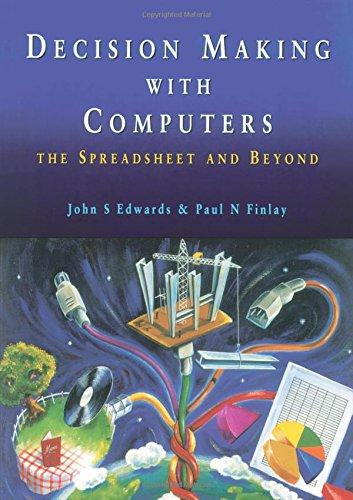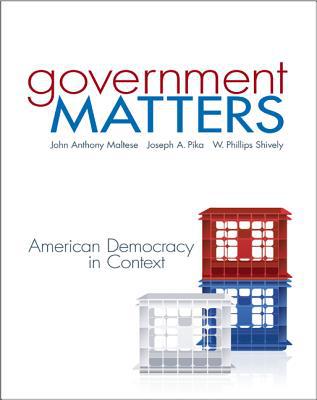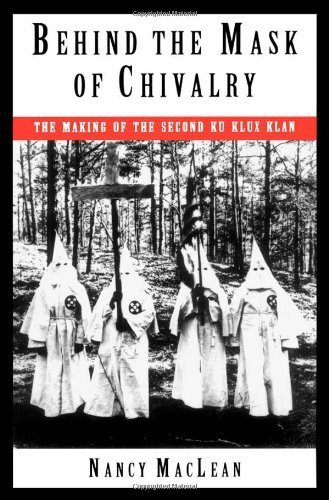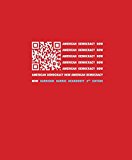Making Hispanics: How Activists, Bureaucrats, and Media Constructed a New American
Mora, G. Cristina
How did Puerto Ricans, Mexicans, and Cubans become known as Hispanics and Latinos in the United States? How did several distinct cultures and nationalities become portrayed as one? Cristina Mora answers both these questions and details the scope of this phenomenon in Making Hispanics. She uses an organizational lens and traces how activists, bureaucrats, and media executives in the 1970s and '80s created a new identity category--and by doing so, permanently changed the racial and political landscape of the nation. Some argue that these cultures are fundamentally similar and that the Spanish language is a natural basis for a unified Hispanic identity. But Mora shows very clearly that the idea of ethnic grouping was historically constructed and institutionalized in the United States. During the 1960 census, reports classified Latin American immigrants as white, grouping them with European Americans. Not only was this decision controversial, but also Latino activists claimed that this classification hindered their ability to portray their constituents as underrepresented minorities. Therefore, they called for a separate classification: Hispanic. Once these populations could be quantified, businesses saw opportunities and the media responded. Spanish-language television began to expand its reach to serve the now large, and newly unified, Hispanic community with news and entertainment programming. Through archival research, oral histories, and interviews, Mora reveals the broad, national-level process that led to the emergence of Hispanicity in America.--Publisher website. Introduction : making Hispanics : classification and the politics of ambiguity -- Civil rights, brown power, and the Spanish-speaking vote : the development of the cabinet committee on opportunities for Spanish speaking people -- The rise of a Hispanic lobby : the national council of La Raza -- The toughest question : the US Census Bureau and the making of Hispanic data -- Broadcasting panethnicity : Univision and the rise of Hispanic television -- Conclusion : the Hispanic category and the development of a new identity politics in America. G. Cristina Mora. Includes bibliographical references and index.
Hispanic Americans--Politics and government, Hispanic Americans--Ethnic identity--Political aspects, Politics and government, E184.S75 M663 2014, 323.1168/073
| Name in long format: | Making Hispanics: How Activists, Bureaucrats, and Media Constructed a New American |
|---|---|
| ISBN-10: | 022603383X |
| ISBN-13: | 9780226033839 |
| Book pages: | 227 |
| Book language: | en |
| Edition: | Illustrated |
| Binding: | Paperback |
| Publisher: | University of Chicago Press |
| Dimensions: | Height: 0.6 Inches, Length: 8.9 Inches, Weight: 0.83334735036 Pounds, Width: 5.9 Inches |















